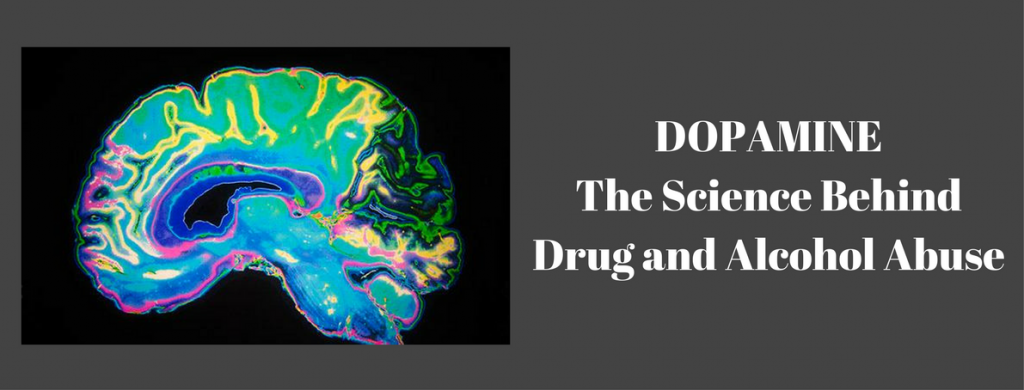Neurotransmitters signal your brain/body to believe it can handle more
High dopamine levels are caused by alcohol and drug use. Your body tells the brain it is capable of handling more than it should probably consume. Due to the fact that other contributing factors (weight, height, size, gender,etc) also contribute to one’s tolerance levels, it is important to spot the early signs of possible abuse. Whether it is a parent, doctor, or friend, the earlier individuals deal with these higher tolerance levels, the easier it will be to stint and prevent eventual overdose.
Why dopamine levels are so insightful
Basically there are markers in the brain which indicate different characteristics/traits. The markers in the brains of individuals who are alcoholics and drug users, is higher than those with lower tolerance levels. Dopamine is one of the neurotransmitters which is believed to contribute to alcohol use/abuse. Since it doesn’t signal the brain to stop, those who drink more than they should, simply don’t feel the adverse effects of consuming in such high quantities. Spotting the markers is one of the best ways to determine individuals who might be at risk of becoming addicts, and can in turn provide medical professionals in addiction facilities to help individuals who suffer from abuse symptoms.
Neuroscience matters
Believe it or not, science matters! Many have believed for years that addicts simply had no self control, and didn’t want to stop using drugs or alcohol. On the contrary, those dopamine levels, the markers on the brain, and the higher levels for tolerance, are just a few of the scientific backings which prove why individuals use and abuse drugs and alcohol, and why it is important to spot these signs as early on as possible. The earlier professional testing is performed, the sooner appropriate measures are taken, and the more awareness is show by families/friends, and loved ones, the easier it is going to be in treating those who are suffering from, or might be going down the road to addiction and abuse. A simple chemical imbalance can lead to years of heartache and abuse. Therefore, if possible, families need to learn about different testing methods and signs which can help them determine how to help family members or loved ones in need, as it pertains to addiction treatment.
Why treatment can help prevent further overuse
Addiction treatment in California is possibly the easiest way to prevent further use/abuse of drugs and alcohol. Because those who have higher tolerance levels are going to feel like they “can handle their liquor,” or believe they have their abuse issues under control, their brain (and dopamine levels) aren’t going to tell them to stop using these drugs and alcohol. When individuals are in a professional addiction treatment in California facility, they are constantly monitored. They are around professional counselors and professionals who can help them. If nothing more, they are around doctors who will eliminate the possibility that they are using drugs and alcohol, while in the treatment facility.
The right addiction treatment facility can help
There are hundreds upon hundreds of addiction treatment in California facilities and centers one can check into when suffering from drug or alcohol abuse. Due to the nature of such abusive behavior, it will benefit patients to choose a facility which specializes in the specific type of addiction the patient suffers from. Further, if it is at all possible, families and patients should choose treatment centers which understand the science behind dopamine, neurotransmitters, and have performed research behind the science and testing being done, to help addicts who have these higher tolerance levels. Not only to ensure the best treatment is pushed forth with the patient, but also to ensure the treatment facility is employing the best treatment methods, and medication (if necessary) to help these individuals get and stay clean after treatment.
https://authoredsource.com/dopamine-science-behind-alcohol-drug-addiction-treatment-california/


